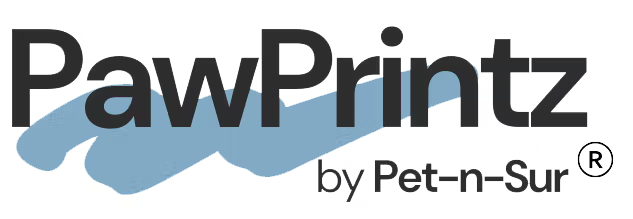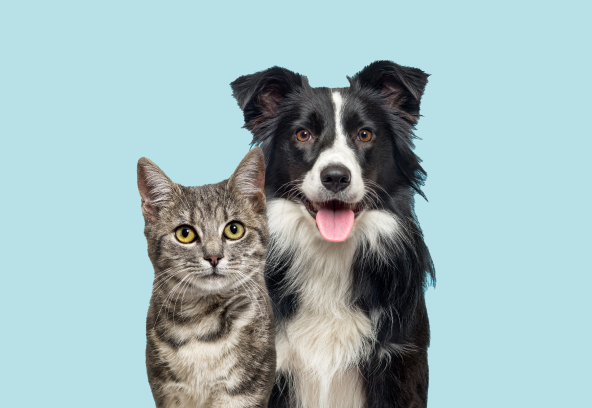
Why Do a Body Condition Score for Your Horse?

Weighing your horse is likely not an easy option. To help determine whether your horse is at a healthy weight, you can do a body condition score instead.
Being under- or overweight can have a significant detrimental effect on your horse's health and wellbeing. And it’s not always easy to tell if your horse is at a healthy weight just by looking at them, plus getting them onto a scale regularly is likely also out of the question.
This is why knowing your horse’s body condition score can be helpful for determining their overall health and whether you need to cut down their feed or give them a little more.
What is a body condition score?
The body condition score (or BCS) is a method for determining how much fat your horse is carrying, which gives guidance on its overall health and helps you ascertain whether your horse is too skinny, too fat, or just right. BCS is generally measured on a scale ranging from negative (underweight), to neutral (good weight), to positive (overweight).
In a healthy horse, you will see a good distribution of muscle, with minimal fat coverage. An overweight horse, on the other hand, will have noticeable fat in specific areas. An underweight horse will have little to no fat and could be losing muscle tone.
How is BCS measured?
There are two elements to measuring your horse’s BCS. The first is to observe the horse from a distance from the side and the back.
What you’re looking for is how each part of your horse’s body transitions into the next, such as neck into shoulder and shoulder into the rest of the body. For horses that are at a healthy weight, these transitions should be easily discernible.
When a horse becomes overweight, fat accumulates in these transition areas, making them harder to see. In underweight horses, these points become accentuated, and the visible bones make them appear more angular, rather than smooth.
Looking at your horse from behind, the spine should be the highest point of the horse's buttocks. If this area looks more like the top of a love heart, your horse is likely overweight.
Totally Vets have some great instructional videos to help.
The second part of measuring your horse's BCS is a hands-on exercise, which requires you to palpate (examine by touch) six different areas of your horse’s body.
These include:
- The ‘crest’ of the neck (about halfway down the neck, just underneath the mane)
- The withers
- Behind the elbow/shoulder
- The ribs
- The loin and
- The base of the tail.
What you’re looking for in each area is mostly muscle. In some areas – like behind the elbow or shoulders, and at the withers – a little more fat is acceptable. In other areas – like the ribs – the muscles should be easily felt, with little to no fat covering them. You can tell the difference between fat and muscle by how they feel; fat feels soft and spongy, while muscle feels firmer.
Why a horse’s body score is important
Being overweight can lead to serious health conditions in your horse, like laminitis. Being underweight can be a sign they’re not getting the nutrients they need – even if there appears to be plenty of grass in their paddock.
Doing a BCS regularly will help you stay on top of any changes and adjust feeding or exercise to ensure your horse remains in the best condition possible. In spring, for example, when the grass is lush, keeping track of their BCS will help you decide whether you need to restrict their access to the grass, or whether more exercise is needed to keep them healthy.

